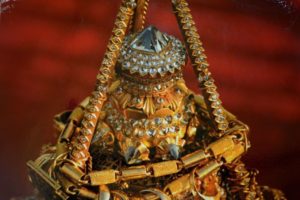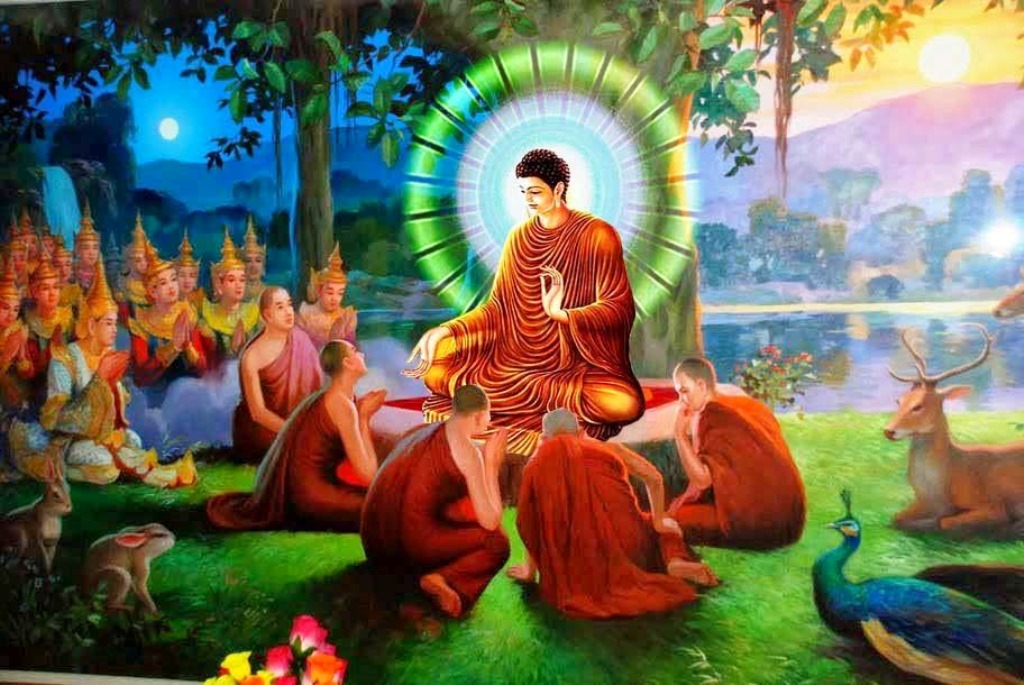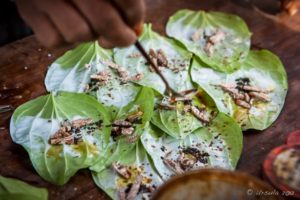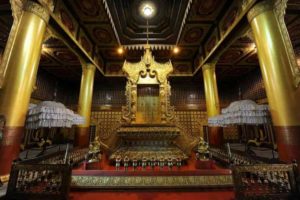
Diamond Orb
According to researchers Sanchi Stups of Bharat, that is India, are the prototypes of modern-day pagoda. Myanmar prototypes Baw Baw Gyi and
Feature tours are the best thoughts for your travel experience in Myanmar. The tours extend the sustainability of local destinations throughout the journey.
Our Small Private Group tours are designed for safety measure and escape
the crowd to see the highlights of Myanmar with enough downtime to relax,
reflect, and soak up the atmosphere.
Multi-day tours are organized into the depths of Myanmar and to see captivating nature, culture, local experiences, and traditions of the people.
ONE DAY TOURS are conducted by the tour guide to explore more about culture, history, community, and local lives for a full-day excursion in Mandalay and around privately.

During prehistoric days the greatest invention was the wheel. It made the movement of men and material faster and easier. It made the use of manpower and animal power more effective. It also made the movement of heavy blocks possible.
The first people to make meaningful use of the wheel were Aryans from central Asia. They moved into Indian subcontinent and established kingdoms. The use of wheel gave them superior power and mobility. So their leader was hailed as Cakaravarti meaning owner of wheel and the description became synonymous with powerful. In Myanmar folklore it became “Test kya vaday minn.” From simple aid to movement it became power to rule.
Just after His enlightenment Lord Buddha gave His first sermon at Migdawun (the stag woods) to five disciples (Panca Waggies). That sermon became known as Dharma Cakra Suttra. As a commemoration of that first sermon the wheel or Dharma Cakra appeared on all Buddhist shrines and edifices. During the 3rd Century Before Christ the Great Emperor Asoka and a lot of his Aryan subjects embraced Buddhism.
The Great Emperor Asoka raised a monument at Migdawun where Lord Buddha gave His First sermon of Dharma Cakra Suttra. It is a pillar with four lions standing above four wheels facing four cardinal points of compass. Just below the wheels there are upturned lotus petals, another symbols with a long association with Buddhism and holiness. The circle of upturned lotus petals adds beauty, grace and holiness to the Asoka Monument.
The wheel also has other connotations. Basic cycle of birth, death and reincarnation is samsara and it is shown as a wheel. Sculptors carve statues of Lord Buddha with both hands level with the chest and fingers of one hand or sometimes both hands forming circles. That fingers’ configuration is known as Dharma Cakra Mudra. (Mudra means hands’ and fingers’ position, and configuration) In some Buddhist Lands wheel is found on Lord Buddha’s foot print, or on palm print.
Sourced: Myanmar Culture Traditions and Scenery, Cultural Varieties
by U Than Pe, Tour guide

According to researchers Sanchi Stups of Bharat, that is India, are the prototypes of modern-day pagoda. Myanmar prototypes Baw Baw Gyi and

According to researchers betel chewing habit came from majjima desa, that is present Indian subcontinent, along with Buddhism. The habit was certainly

Throne is symbol of royalty. It also embodies sovereignty. It is the seat of power. It passes from sovereign to sovereign. As